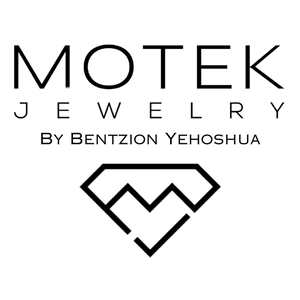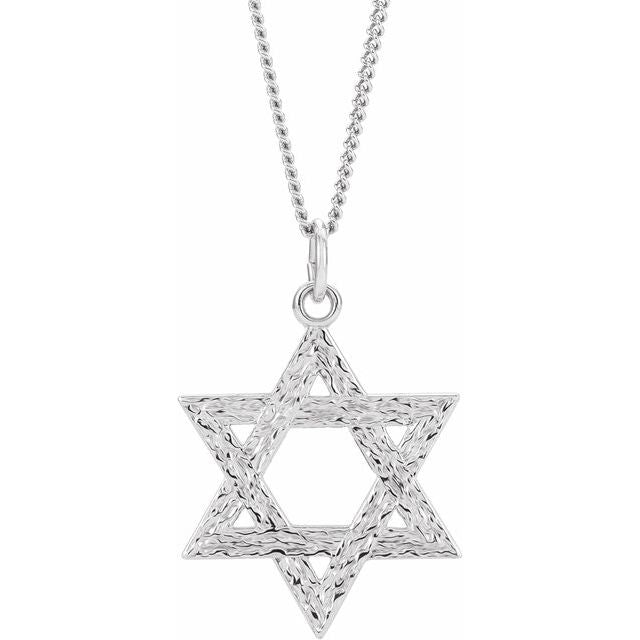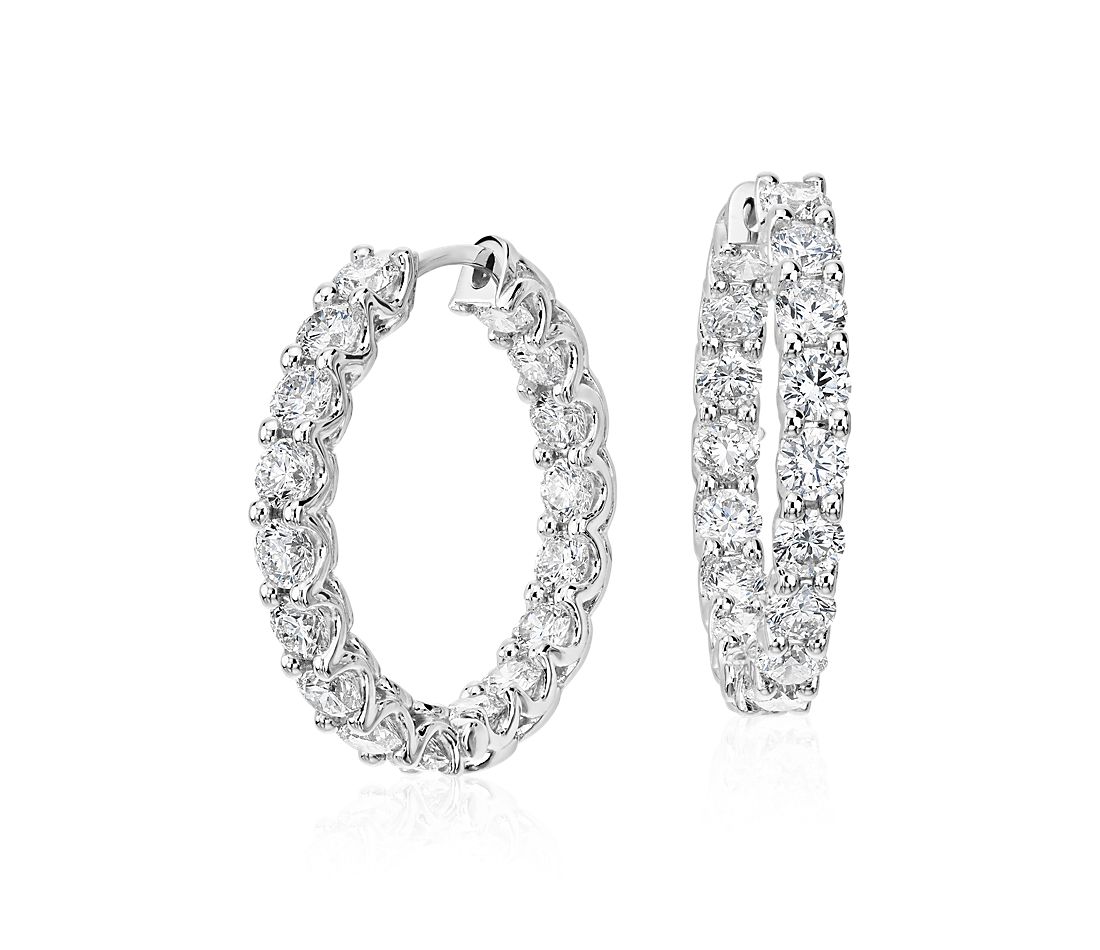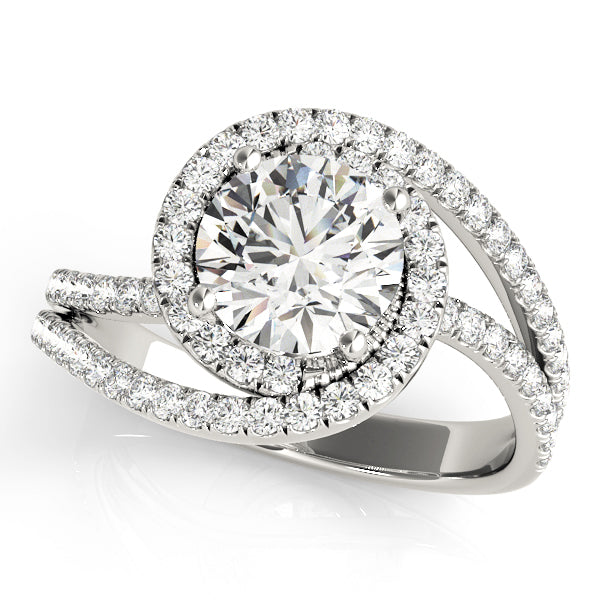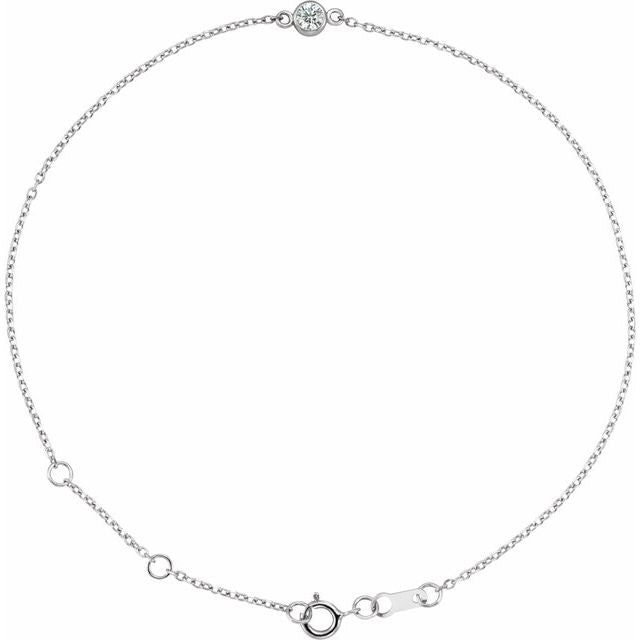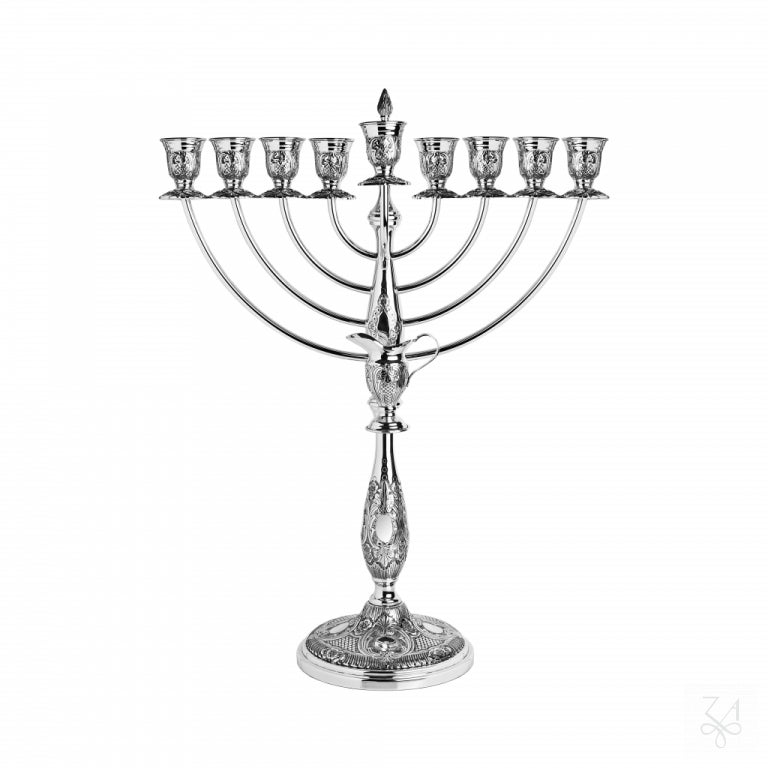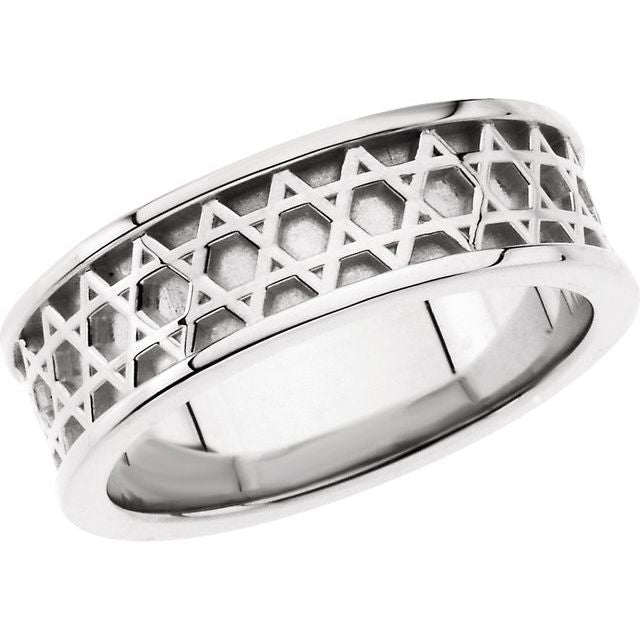Introduction
In an era of fast fashion and disposable accessories, vintage jewelry stands as a testament to enduring craftsmanship and timeless design. These precious heirlooms connect us to our past, carrying stories and sentiments that modern pieces simply cannot replicate. According to a recent study by the International Antique Jewelry Association, the market for vintage and antique jewelry has grown by 23% in the last five years, with restored pieces commanding premiums of 40-60% over those in poor condition.
However, the journey through time is rarely kind to these treasures. Tarnish dulls once-brilliant metals, settings loosen their grip on precious stones, and clasps lose their reliable hold. The good news? With proper jewelry repair and restoration, even the most neglected vintage pieces can reclaim their former glory.
This comprehensive guide explores how professional jewelry repair services can breathe new life into your cherished vintage pieces, preserving both their beauty and value for generations to come.
Understanding the Value of Vintage Jewelry
Historical and Sentimental Worth
Vintage jewelry isn't merely about aesthetic appeal—it's about preservation of history. Each piece tells a story of its era, reflecting the artistic movements, social values, and technological capabilities of its time. Art Deco pieces from the 1920s, with their bold geometric patterns, speak to an age of industrial advancement and social liberation. Victorian mourning jewelry, often featuring jet and intricate hair work, offers insight into 19th-century grieving customs.
Beyond historical significance, these pieces often carry profound personal meaning. The wedding band that witnessed your grandparents' 50-year marriage, the brooch that adorned your great-aunt's Sunday best—these items are physical connections to our ancestral past. According to a 2023 survey by Heritage Auction House, 78% of vintage jewelry collectors cite "emotional connection" as a primary reason for their purchases or inheritance preservation.
Financial Appreciation
While sentimental value cannot be quantified, the financial appreciation of well-maintained vintage jewelry is substantial. Market analysis from Knight Frank's Luxury Investment Index shows that vintage jewelry has outperformed many traditional investments, with an average 10-year return of 138% for pieces in excellent condition.
Factors affecting valuation include:
-
Age and rarity
-
Designer or notable maker
-
Condition and originality
-
Historical significance
-
Quality of materials and craftsmanship
A strategic restoration can dramatically impact this value. Research from Sotheby's indicates that professional jewelry repair can increase the auction value of vintage pieces by 30-80%, depending on the item's significance and the quality of restoration work.
Common Issues with Vintage Jewelry
Metal Degradation
Time affects different metals in unique ways:
-
Silver: Develops tarnish (silver sulfide) when exposed to air, appearing as a black or gray film
-
Gold: While pure gold doesn't tarnish, many vintage pieces contain alloys that can discolor or show wear
-
Platinum: Generally resistant to tarnish but can develop a patina that some collectors prize
-
Base Metals: Often found in costume jewelry, these can corrode, chip, or lose plating
A 2022 study in the Journal of Materials Conservation found that approximately 65% of vintage jewelry pieces display some form of metal degradation within 50 years, with environmental factors like humidity accelerating the process.
Gemstone Problems
Gemstones face their own set of challenges:
-
Loosening settings: Over time, the metal prongs or bezels holding stones can wear down or bend
-
Scratches and chips: Even diamonds, despite their hardness, can develop wear on facet edges
-
Color changes: Some stones, like amethyst and certain garnets, can fade with prolonged sun exposure
-
Clouding: Porous gems like opals, pearls, and turquoise can absorb oils and chemicals, becoming dull
Industry data indicates that nearly 40% of vintage jewelry pieces have at least one loose stone, while 25% have stones with visible damage.
Structural Weaknesses
The engineering of jewelry also deteriorates:
-
Worn clasps and catches: These mechanical elements are often the first to fail
-
Stretched or broken chains: Links weaken with regular wear
-
Thinning ring shanks: The bottom portion of rings gradually wears down
-
Joint failures: Hinged pieces like lockets and certain bracelets develop stress at connection points
According to the Jewelry Repair Guild, these structural issues account for approximately 70% of all vintage jewelry repair requests.
The Jewelry Repair Process: Bringing History Back to Life
Professional Assessment and Appraisal
The restoration journey begins with a thorough evaluation by a qualified professional. This critical first step ensures appropriate techniques are used while preserving the piece's integrity and value.
The assessment typically includes:
-
Identification of the era and style
-
Authentication of materials (genuine stones, precious metals)
-
Documentation of existing damage
-
Evaluation of historical significance
-
Determination of appropriate repair methods
Many reputable jewelers offer this initial consultation free of charge, though a formal written appraisal may incur a fee of $50-200 depending on the complexity of the piece.
Cleaning and Tarnish Removal
Before structural repairs begin, gentle cleaning removes accumulated grime and tarnish. Professional jewelers employ methods appropriate to specific materials:
-
Ultrasonic cleaning: Safe for diamonds and many sturdy gemstones
-
Steam cleaning: Effective for removing stubborn debris from intricate settings
-
Chemical dips: Used selectively for tarnish removal on specific metals
-
Hand cleaning: Essential for delicate items and porous gemstones
According to jewelry conservation specialists, approximately 30% of a piece's apparent "damage" can be resolved through proper cleaning alone. However, professional guidance is crucial—a survey by the National Association of Jewelry Appraisers found that DIY cleaning attempts account for nearly 15% of the damage they observe in vintage pieces.
Metal Restoration
Addressing the metal components may involve:
-
Reshaping: Carefully manipulating bent or misshapen elements
-
Soldering: Repairing breaks or reinforcing weakened areas
-
Replating: Restoring worn gold or silver plating on base metal pieces
-
Polishing: Bringing back the original luster without removing character
-
Reticulation: Recreating textured surfaces on modernist pieces
The expertise required here cannot be overstated—a study in the European Journal of Conservation found that amateur metal restoration attempts resulted in a 40% reduction in historical value compared to professional work.
Stone Setting and Replacement
When gemstones are involved, repair may include:
-
Tightening prongs: Securing loose stones without damaging them
-
Rebuilding bezels: Reconstructing worn metal surrounds
-
Stone replacement: Finding period-appropriate substitutes for lost gems
-
Re-polishing: Carefully removing light scratches from stone surfaces
-
Re-cutting: Reserved for severely damaged stones when necessary
Gem restoration presents particular challenges. According to the Gemological Institute of America, approximately 60% of vintage jewelry contains at least one stone that needs attention, with 25% requiring complete replacement due to loss or irreparable damage.
Clasp and Mechanism Repair
Functional components require special attention:
-
Spring replacement: Restoring tension to clasps and catches
-
Pin strengthening: Reinforcing or replacing worn brooch pins
-
Chain repair: Re-soldering broken links or replacing severely damaged sections
-
Hinge reconstruction: Rebuilding moving parts on bracelets, lockets, and boxes
The International Jewelry Repair Consortium notes that functional repairs account for approximately 45% of all vintage jewelry restoration work, with clasps being the most frequently addressed component.
Benefits of Professional Jewelry Repair
Preservation of Historical Integrity
Professional restoration prioritizes conservation over renovation, maintaining as much original material as possible. This approach preserves the piece's historical value—a critical concern for collectors and families alike.
The American Society of Jewelry Historians emphasizes the concept of "minimal intervention," where repairs address only what's necessary to stabilize and protect the piece without erasing evidence of its age and journey.
Enhanced Wearability
Successfully restored vintage jewelry transitions from fragile keepsake to functional adornment. With strengthened settings, reliable clasps, and reinforced structural elements, these pieces can once again serve their intended purpose.
A 2023 consumer survey revealed that 82% of people who inherited vintage jewelry kept it stored away due to concerns about damaging it further, while 91% of those who had pieces professionally restored reported wearing them regularly.
Increased Value
Beyond sentimental worth, professional restoration often translates to financial appreciation. Auction data compiled from Christie's and Sotheby's indicates that expertly restored pieces typically fetch 40-70% higher prices than comparable unrestored items.
This value increase stems from:
-
Improved aesthetic appeal
-
Enhanced structural integrity
-
Extended longevity
-
Preserved historical authenticity
Choosing the Right Jewelry Repair Professional
Credentials and Specialization
Not all jewelers are equipped for vintage restoration. Seek professionals with:
-
Specialized training: Look for credentials in jewelry repair, not just sales
-
Experience with vintage pieces: At least 5-10 years working with period jewelry
-
Appropriate specialization: Experts in your piece's era (Victorian, Art Deco, etc.)
-
Membership in professional organizations: Such as the American Society of Jewelry Historians or the International Society of Appraisers
According to industry statistics, only about 15% of general jewelers possess the specialized knowledge required for proper vintage jewelry restoration.
Evaluation Process
Quality professionals follow a methodical approach:
-
Written assessment: Documenting the piece's condition before work begins
-
Transparent recommendations: Explaining what needs to be done and why
-
Preservation focus: Prioritizing repairs that maintain historical integrity
-
Clear pricing: Providing detailed cost breakdowns
-
Before/after documentation: Photographing the piece at each stage
Questions to Ask
Before entrusting your treasures to any professional, consider asking:
-
"What is your experience with pieces from this specific era?"
-
"Will you be doing the work personally, or outsourcing it?"
-
"What techniques will you use, and how might they affect the piece's value?"
-
"Can you provide references or examples of similar restorations?"
-
"How will you document the work performed?"
-
"What guarantees do you offer on your restoration work?"
DIY vs. Professional Repair: Understanding the Risks
When DIY Cleaning Is Appropriate
Some minor maintenance can be safely performed at home:
-
Basic cleaning: Using mild soap and water for sturdy, non-porous materials
-
Light polishing: Using designated cloths for silver and gold
-
Gentle untangling: Carefully working out chain knots
-
Storage organization: Properly storing pieces to prevent further damage
However, a survey by the Jewelry Information Center found that 62% of DIY jewelry cleaners used inappropriate methods, with 28% causing permanent damage to their pieces.
When to Seek Professional Help
Always consult professionals for:
-
Any structural repairs: Broken chains, rings, clasps, etc.
-
Stone setting: Tightening or replacing loose gemstones
-
Metal restoration: Fixing breaks, holes, or severe tarnish
-
Mechanism repair: Addressing non-functioning clasps or hinges
-
Anything involving heat or chemicals: Soldering, plating, or chemical cleaning
Research from the National Insurance Association indicates that amateur repair attempts account for approximately 30% of permanently damaged heirloom jewelry, with an average value loss of $2,000-5,000 per piece.
Preventative Care: Maintaining Your Restored Treasures
Proper Storage Solutions
Extend the benefits of restoration with proper storage:
-
Individual compartments: Preventing pieces from scratching each other
-
Acid-free materials: Avoiding paper or cardboard that can cause tarnish
-
Controlled humidity: Ideally 35-45% to prevent metal corrosion
-
Temperature stability: Avoiding extreme fluctuations that stress materials
-
Limited light exposure: Preventing fading of certain gemstones
Environmental control plays a crucial role—a longitudinal study by the Museum Conservation Institute found that proper storage doubled the interval between necessary cleaning and maintenance.
Wearing with Care
When enjoying your restored pieces:
-
Apply cosmetics first: Lotions, perfumes, and hairsprays can damage jewelry
-
Remove for activities: Gardening, sports, and household cleaning pose risks
-
Clean after wearing: Gently wiping with a soft cloth removes oils and residue
-
Rotate regularly: Avoiding constant wear of the same pieces
-
Check settings periodically: Catching loose stones before they're lost
Regular Maintenance Schedule
Professional jewelers recommend:
-
Annual professional inspection: Identifying issues before they worsen
-
Professional cleaning: Every 1-2 years depending on wear frequency
-
Replating: Every 3-5 years for heavily worn gold-plated pieces
-
Prong retipping: Every 5-10 years for frequently worn rings
-
Clasp testing: Annual checking of security on valuable necklaces and bracelets
This proactive approach typically costs $50-200 annually but can prevent repairs costing thousands.
Case Studies: Remarkable Transformations
Victorian Locket Resurrection
A severely damaged 1880s gold locket with a shattered crystal and broken hinge arrived at a specialized repair shop in Philadelphia. After 42 hours of meticulous work, including custom fabrication of period-appropriate replacement parts, the piece was restored to functional condition while preserving its patina and historical character. The owner reported that the locket, previously valued at approximately $300 in damaged condition, was appraised post-restoration at $2,800.
Art Deco Diamond Ring Reconstruction
An inherited platinum and diamond ring from 1925 featured six loose stones and a severely worn band that had thinned dangerously at the bottom. Rather than melting down and recasting—which would have destroyed its hand-crafted character—a specialist added supportive platinum to the shank while preserving the original engraving. The worn-down settings were rebuilt using traditional techniques, securing the stones without altering their original appearance. The restoration increased the ring's insurance value by 45% while allowing the owner to wear it daily without fear of further damage.
Mid-Century Modern Necklace Revival
A unique silver and amber modernist necklace from the 1960s arrived with a broken chain, tarnished metal, and clouded stones. The specialized restoration included ultrasonic cleaning of the metal components, hand-polishing of the amber elements using traditional methods, and reconstruction of the intricate chain links. The piece, originally purchased at estate sale for $75, sold at auction following restoration for $1,200, demonstrating the significant return on investment quality repairs can provide.
Conclusion: Preserving Legacy Through Restoration
The revival of vintage jewelry through professional repair represents more than aesthetic improvement—it's the preservation of personal and cultural heritage. These treasured pieces connect us to our past while remaining relevant in our present lives when properly maintained and restored.
With nearly 70% of American families possessing at least one piece of heirloom jewelry according to Jewelers of America, the potential for these meaningful connections exists in most households. Yet the same survey found that only 23% of these pieces are in wearable condition, and just 12% have ever been professionally evaluated.
The investment in quality jewelry repair pays dividends beyond financial appreciation. It honors craftsmanship from eras when objects were built to last generations, not seasons. It preserves the stories and sentiments attached to these precious items. And perhaps most meaningfully, it allows us to incorporate pieces of our heritage into our daily lives rather than relegating them to safe deposit boxes or dusty drawers.
As we increasingly recognize the environmental and social impact of disposable consumer culture, the restoration and continued use of vintage jewelry aligns perfectly with sustainable values. By breathing new life into these treasures, we not only connect with our past but contribute to a more mindful approach to adornment in the present.
Whether your vintage jewelry collection comprises museum-worthy treasures or simply pieces rich in family significance, professional repair and restoration can transform them from fragile memories into living legacies to be enjoyed today and preserved for tomorrow.
References
-
International Antique Jewelry Association Market Report 2023
-
Heritage Auction House: Emotional Connections in Collectibles Survey
-
Journal of Materials Conservation: Metal Degradation in Historical Artifacts
-
Gemological Institute of America: Vintage Jewelry Restoration Guidelines
-
Museum Conservation Institute: Environmental Control for Jewelry Preservation
